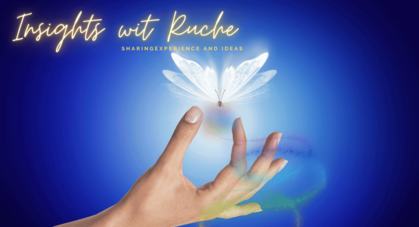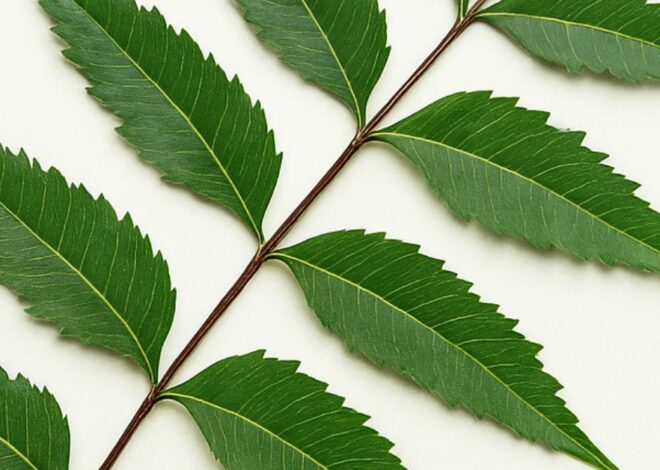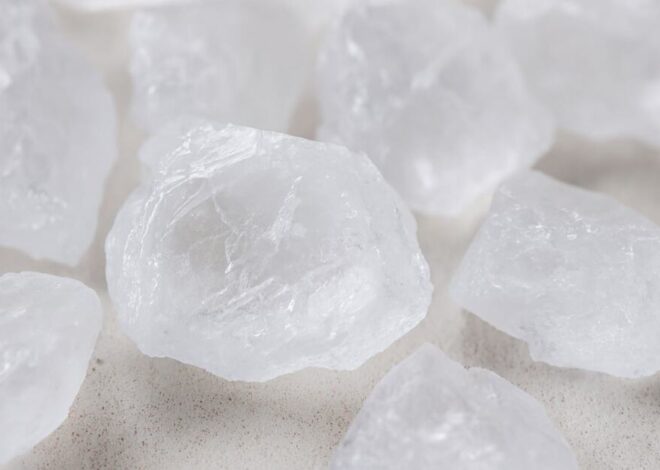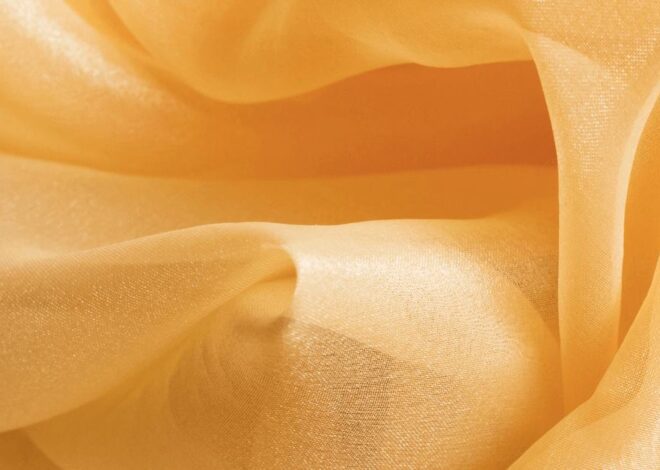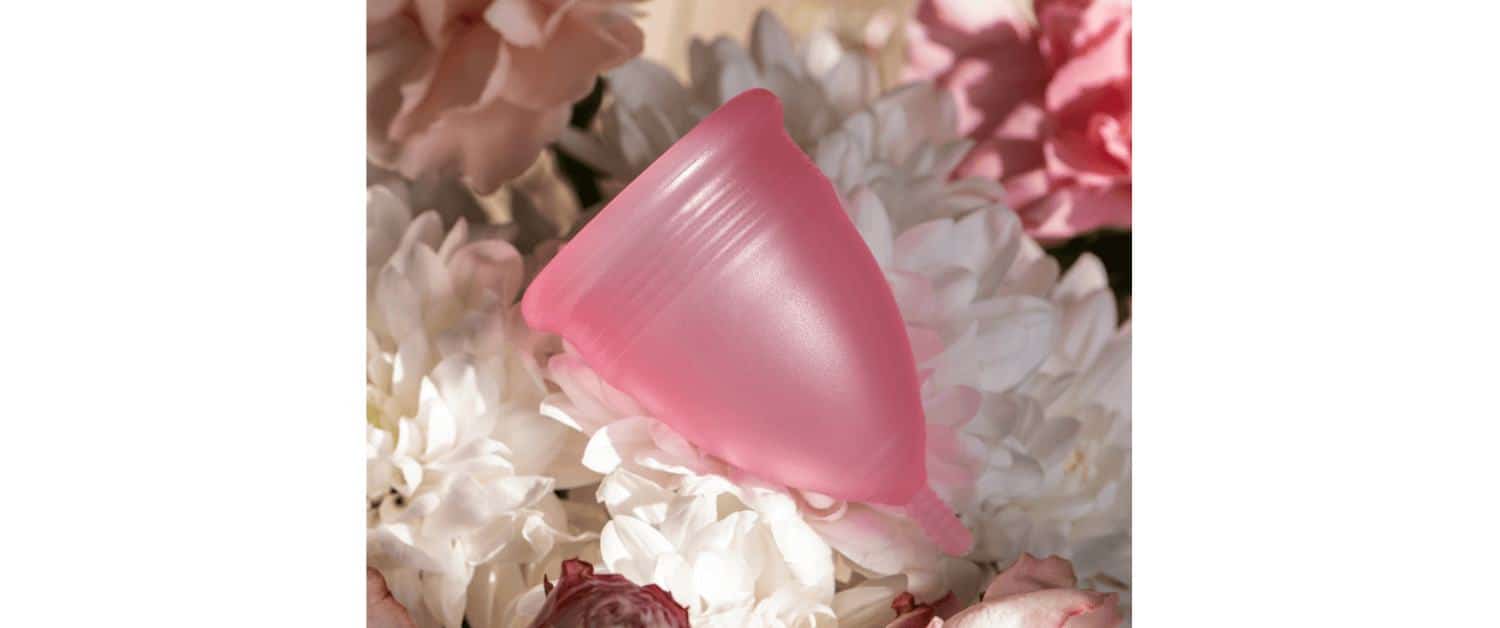
Menstrual Cups: A Skin-Friendly, Chemical-Free period solution for women of all ages
In recent years, menstrual cups in India have emerged as a revolutionary alternative to traditional sanitary products. Designed for comfort, sustainability, and long-term savings, these reusable cups are gaining popularity among young girls and middle-aged women alike. If you are searching for a chemical-free menstrual solution that is skin-friendly, eco-conscious, and budget-friendly, menstrual cups might be your faultless match. This blog discovers what menstrual cups are, their materials, safety, challenges, pros and cons, hygiene tips, and the best Indian brands available today.
What are Menstrual Cups?
Menstrual cups are small, flexible, bell-shaped devices made to collect menstrual fluid rather than absorb it. Inserted into the vaginal canal, they create a gentle seal and can be worn for up to 12 hours depending on flow. Unlike pads and tampons, they don’t dry out the vaginal walls or disrupt the natural pH balance.
What are Menstrual Cups made of?
Most menstrual cups are crafted from medical-grade silicone, thermoplastic elastomer (TPE), or natural rubber. Among these, medical-grade silicone is the most preferred due to its hypoallergenic properties, durability, and safety. It is free from BPA, latex, phthalates ( a chemical compound used in making plastics and supposed to be dangerous for health), and other harmful toxins, making it ideal for sensitive skin.
Are Menstrual Cups skin-friendly?
Yes. Menstrual cups made from non-toxic, medical-grade silicone are gentle on the skin and suitable for women prone to irritation, rashes, or allergies. They don’t contain artificial fragrances, dyes, or synthetic fibers, which are common culprits in skin reactions caused by pads and tampons.
Are the Menstrual Cups materials harmful?
When you choose a certified menstrual cup, the materials are not harmful. However, avoid low-quality or unbranded cups that may contain unsafe additives. Always opt for FDA-approved/compliant or ISO-certified products to ensure safety and hygiene.
When it comes to choosing a safe menstrual cup, understanding what FDA-approved and ISO-certified really mean, and how to spot them is key to protecting your health. But here is the twist, menstrual cups are not FDA “approved”, rather they are FDA registered or cleared because they fall under Class II medical devices in the U.S.
India doesn’t have its own FDA, so brands often refer to U.S. FDA compliance to signal safety. This means the product meets standards set by the U.S. Food and Drug Administration for medical-grade materials.
How to Spot FDA-approved/complaint or ISO-certified Cups:
-
- Look for “FDA-compliant medical-grade silicone” on packaging or product listings. Brands like Sirona, Azah, and LAIQA mention this.
- Check online listings for phrases like “FDA approved” or “FDA registered.”
- Avoid vague claims like “safe material” without any certification details.
ISO certification ensures the product meets international safety and quality standards. For menstrual cups, the most relevant are:
-
- ISO 13485: Quality management for medical devices.
- ISO 10993: Biocompatibility tests. Ensuring the material won’t cause irritation or toxicity.
Quick Checklist for Indian Buyers
-
- FDA Compliance: FDA-compliant medical-grade silicone
- ISO Certification: ISO 13485 / ISO 10993 mentioned
- Material: 100% medical-grade silicone or TPE
- Brand Transparency: Manufacturer info, certifications, lab testing
Choosing a menstrual cup with verified certifications isn’t just about peace of mind; it’s about protecting your body from harmful additives and ensuring long-term comfort.
Challenges Women Face While Using Menstrual Cups
While menstrual cups offer many benefits, first-time users may face a few hurdles:
-
- Insertion and removal can be tricky initially.
- Finding the right size may require trial and error.
- Leaks may occur if the cup isn’t positioned correctly.
- Public restroom use can be inconvenient.
- Cultural taboos and lack of awareness may discourage adoption.
With practice and proper guidance, most women overcome these challenges within a few cycles.
Pros and Cons of Using Menstrual Cups
Pros
-
- Eco-friendly and reusable
- Skin-friendly and chemical-free
- Cost-effective over time
- Up to 12 hours of protection
- Reduces menstrual waste
Cons
-
- The learning curve for insertion
- It is not ideal for women with certain medical conditions
- Requires regular cleaning and sterilization
- May feel uncomfortable at first
- May not be widely accepted socially
How to Wash Menstrual Cups Properly
To avoid infections, follow these hygiene steps:
-
- Wash hands before and after handling the cup.
- Rinse with cold water first to prevent odor.
- Use mild, unscented soap or a dedicated cup cleanser.
- Boil the cup for 5–10 minutes at the end of each cycle.
- Avoid harsh chemicals like bleach or antibacterial soaps.
How to Store Menstrual Cups
Proper storage ensures longevity and hygiene:
-
- Dry the cup completely before storing it.
- Use a breathable pouch (usually provided by the brand).
- Avoid airtight containers, which can trap moisture and promote bacterial growth.
- Keep in a cool, dry place, away from direct sunlight.
Best Indian Menstrual Cup Brands (Chemical-Free & Skin-Friendly)
You might want to check out these top-rated Indian brands that offer non-toxic menstrual cups suitable for both teens and adults:
-
- Sirona – Offers ultra-soft, FDA-approved silicone cups
- Azah – Features integrated pull-out rings for easy use
- Carmesi – Known for biocompatible, rash-free cups
- Asan Cup – Designed for easy insertion and removal
- Boondh – Affordable and sustainable, ideal for beginners
- Stonesoup Wings – Eco-conscious and beginner-friendly
These brands prioritize safety, ease, and sustainability, making them ideal for women across age groups.
Note: This is not a sponsored blog.
Conclusion:
Switching to a menstrual cup is more than just a personal choice, it is a step toward sustainable living and healthier periods. With chemical-free menstrual cups made from skin-friendly materials, women can enjoy comfort, confidence, and freedom during their cycles. Whether you are a young girl exploring alternatives or a middle-aged woman seeking a better solution, menstrual cups offer a safe, eco-friendly, and empowering option.
Ready to make the switch? Let your period be the beginning of liberation from uneasiness, waste, and compromise. Embrace a menstrual care solution that’s rooted in self-care, sustainability, and smart choices.
With the right cup, you are not just choosing a product, you are choosing empowerment. Periods deserve dignity, and you deserve ease.
